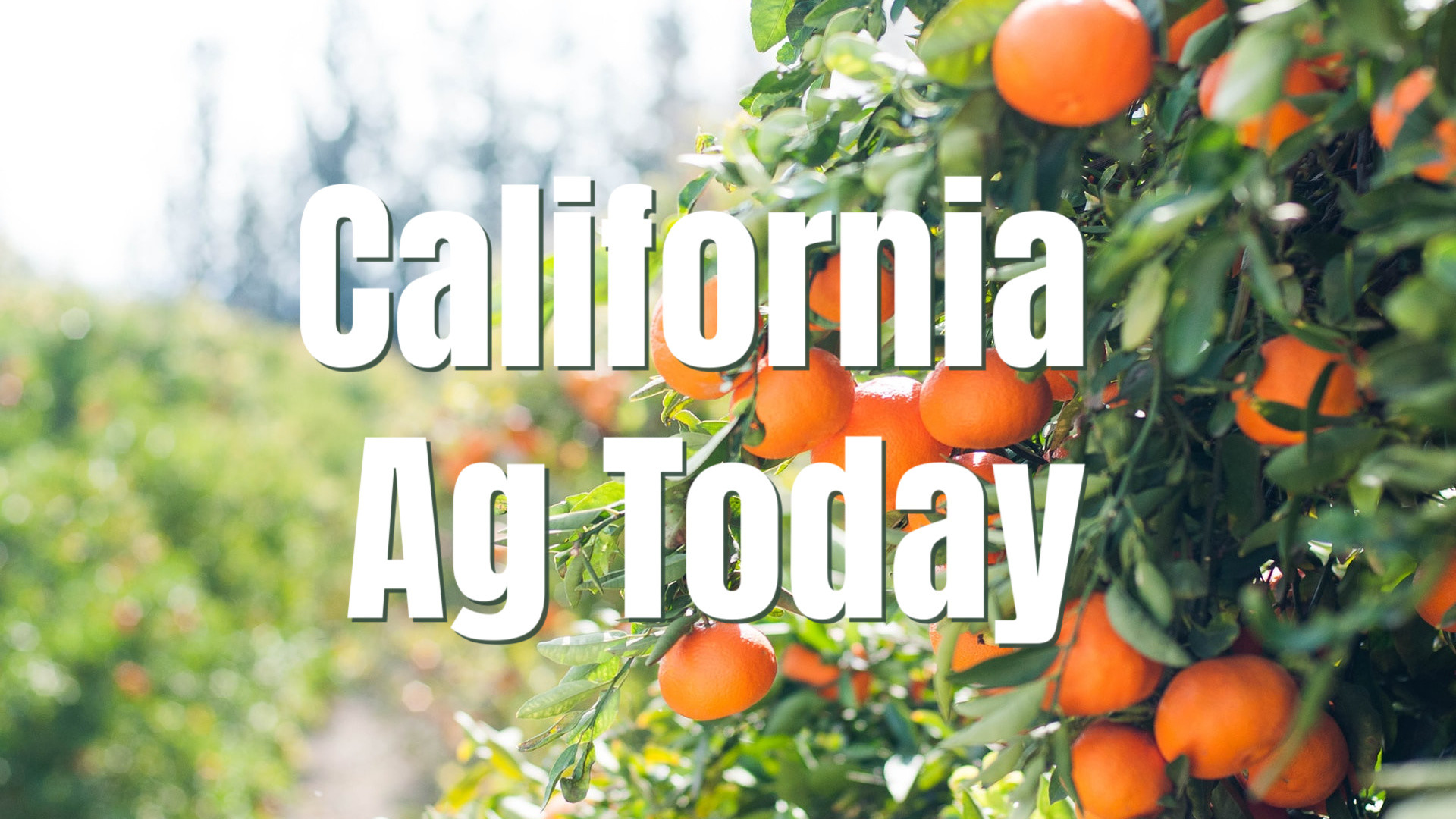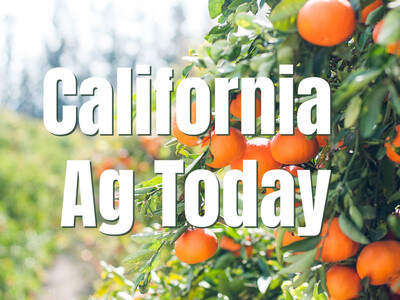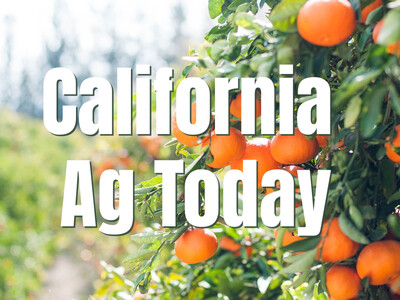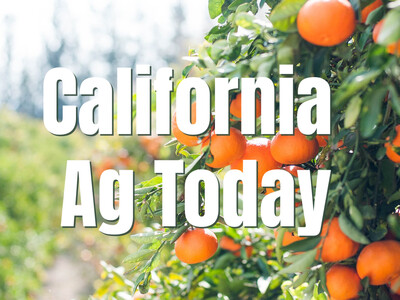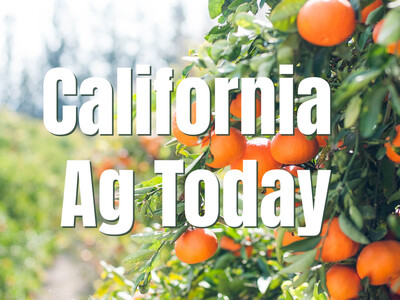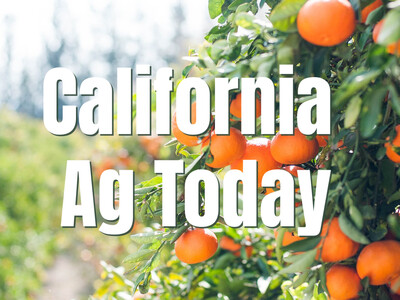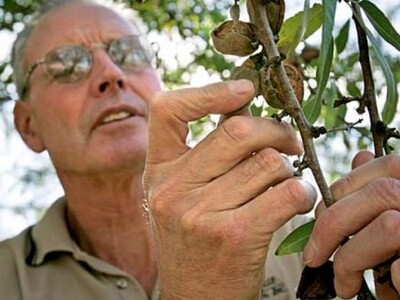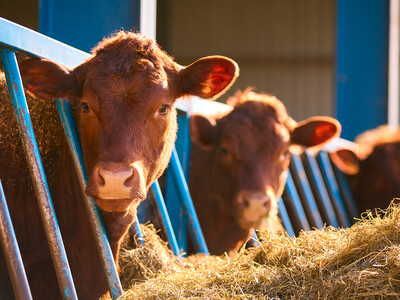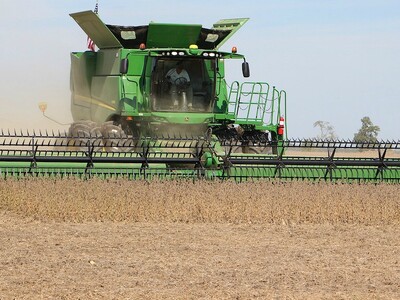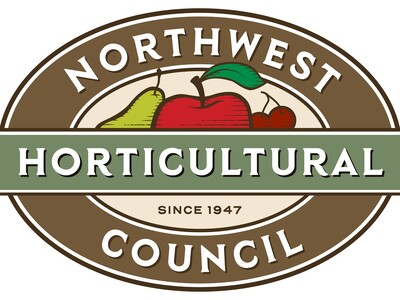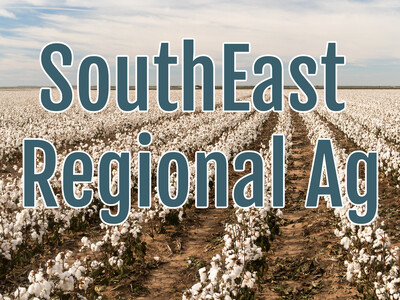Bird Habitat for Pest Predation in Orchards

Tim Hammerich
News Reporter
Farmers love to see natural predators of pests in their crops. Conservation Ecologist Sacha Heath was a PhD student at UC Davis when she wanted to find out if bird habitat could significantly increase the numbers of coddling moth predators in walnut orchards.
Heath.. “So for each farm, we used GIS and basically did something called digitization where we measured the amount of cover within a certain radius of each farm at the landscape scale. So, we called it semi-natural habitat and that was like all the non-crop habitat that birds might use. So like riparian vegetation, oak woodlands, grasslands, that sort of thing. And each farm had a certain percentage of that native habitat around it. What we showed was that predation was much higher or it increased when the amount of semi-natural habitat around the farm also increased. And so the farms that had the most habitat around them had the highest predation rates and the farms that had the least amount of native vegetation around them had the lowest predation rate. And that was very exciting because it gives you an insights into potentially what growers can do to increase that service.”
Heath says she’d like to see more research being done on the benefit of maintaining older trees near orchards to create predator habitat.


